
 C. JVLIVS CAESAR
C. JVLIVS CAESAR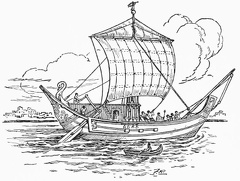 A Roman Ship
A Roman Ship Augustus
Augustus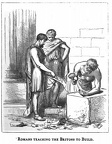 Romans teaching the Britons to Build
Romans teaching the Britons to Build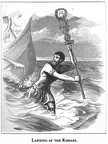 Landing of the Romans
Landing of the Romans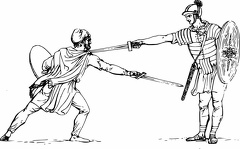 Technique of Roman soldier
Technique of Roman soldier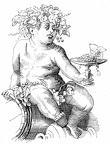 Bacchus
Bacchus Gallo-Roman Sword and Horn
Gallo-Roman Sword and Horn Gallo-Roman Weapons
Gallo-Roman Weapons A Gallo-Roman
A Gallo-Roman A Gallo-Roman Woman
A Gallo-Roman Woman Model of Roman Catapult
Model of Roman Catapult Vespasian
Vespasian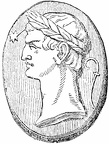 Julius Caesar
Julius Caesar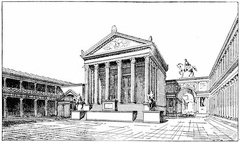 North end of the Forum, with the Temple of Jupiter
North end of the Forum, with the Temple of Jupiter Venus Pompeiana
Venus Pompeiana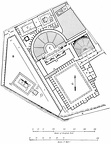 The Forum Triangulare, with Adjacent Buildings
The Forum Triangulare, with Adjacent Buildings The Villa Rustica near Boscoreale
The Villa Rustica near Boscoreale The Forum with the Adjoining Buildings
The Forum with the Adjoining Buildings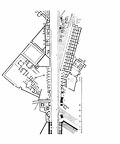 The Street of Tombs
The Street of Tombs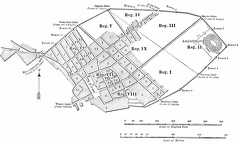 Outline plan of Pompeii
Outline plan of Pompeii Julius Cæsar crossing the Rubicon
Julius Cæsar crossing the Rubicon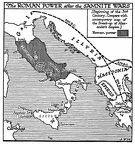 Roman Power after the Samnite Wars
Roman Power after the Samnite Wars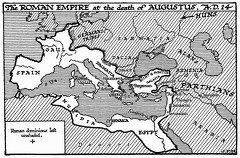 Roman Empire at Death of Augustus
Roman Empire at Death of Augustus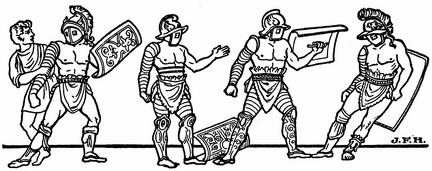 Gladiators
Gladiators Roman General
Roman General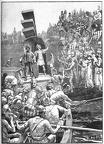 Roman Soldiers Leaving Britain
Roman Soldiers Leaving Britain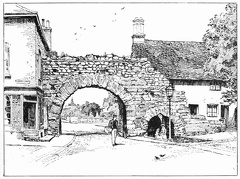 Newport Gate, Lincoln
Newport Gate, Lincoln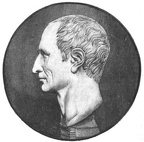 Julius Caesar
Julius Caesar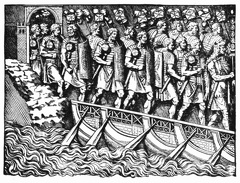 Roman Soldiers on Bridge of boats
Roman Soldiers on Bridge of boats Roman Soldiers
Roman Soldiers Toga
Toga



